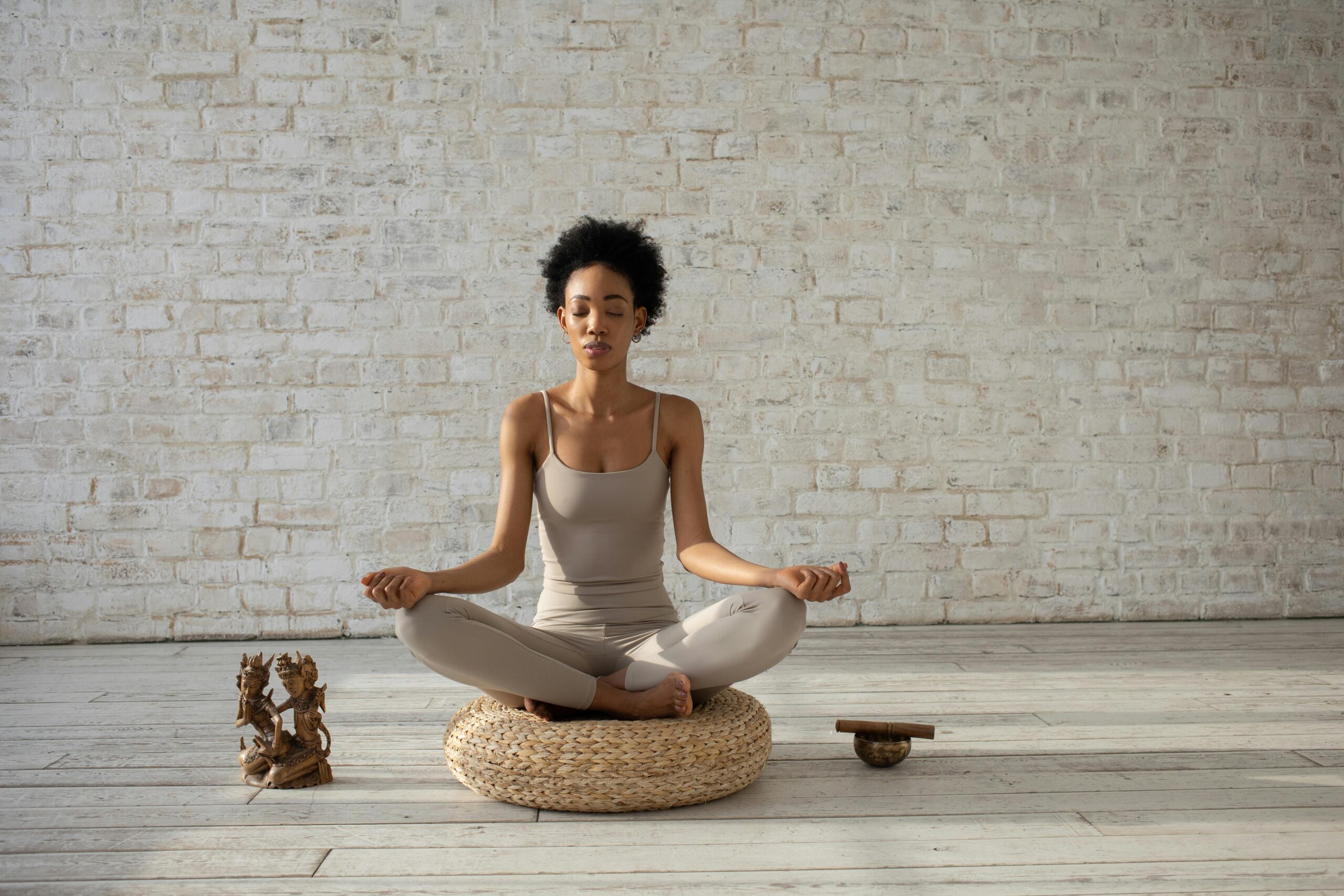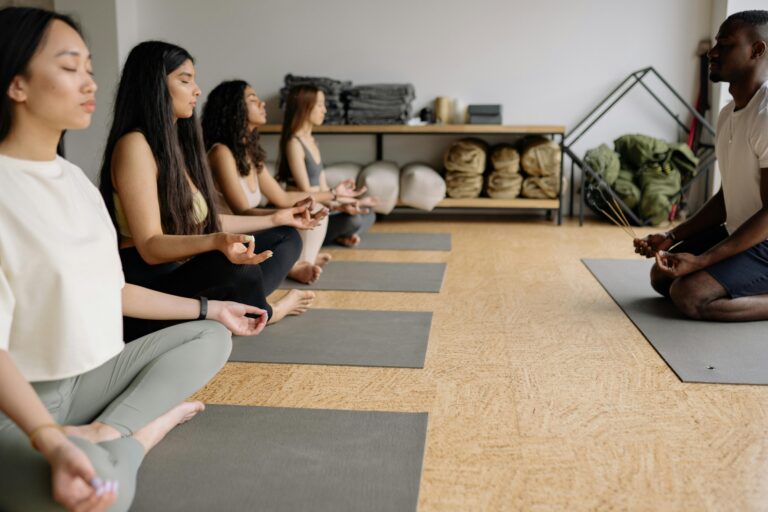Introduction
In today’s busy world, conversations around health, fitness, and wellness have taken center stage. More than ever, people are seeking ways to improve their physical condition, mental stability, and overall quality of life. While these terms are often used interchangeably, each plays a unique role in shaping a balanced lifestyle. Together, they form the foundation for long-term vitality, resilience, and happiness.
This guide explores the meaning of health, fitness, and wellness, their interconnectedness, and practical strategies to achieve balance.
What Is Health?
Health is not just the absence of disease—it’s the complete state of physical, mental, and social well-being. A healthy person has energy for daily tasks, fewer risks of chronic illnesses, and the ability to recover quickly from stress or sickness.
Key components of health include:
-
Physical health: Nutrition, exercise, sleep, and disease prevention.
-
Mental health: Emotional stability, stress management, and resilience.
-
Social health: Strong relationships and a sense of belonging.
What Is Fitness?
Fitness focuses on the body’s ability to perform efficiently. It means having the strength, endurance, and flexibility to handle daily tasks with ease and participate in physical activities without excessive fatigue.
The Main Elements of Fitness
-
Cardiovascular endurance – Supports heart and lung health.
-
Muscular strength – Builds lean muscle and improves bone density.
-
Flexibility – Increases mobility and prevents injuries.
-
Balance and coordination – Enhances stability, especially with age.
Benefits of Fitness
-
Reduces the risk of obesity, heart disease, and diabetes.
-
Improves mood and reduces symptoms of anxiety and depression.
-
Boosts energy, confidence, and self-esteem.
-
Enhances cognitive function and memory.
What Is Wellness?
Wellness goes beyond health and fitness—it is the active pursuit of a meaningful, fulfilling life. It involves intentional choices to nurture your body, mind, and spirit. Unlike health, which is often measured, wellness is a process that evolves with your lifestyle habits.
Dimensions of Wellness
-
Emotional wellness – Understanding and managing feelings.
-
Intellectual wellness – Engaging in creativity and continuous learning.
-
Spiritual wellness – Finding meaning, values, or faith.
-
Occupational wellness – Balancing career satisfaction with personal life.
-
Environmental wellness – Living sustainably and in harmony with surroundings.
The Connection Between Health, Fitness, and Wellness
The three pillars work together:
-
Fitness supports health by reducing the risks of chronic diseases.
-
Wellness fosters mental and emotional balance, making fitness a sustainable practice.
-
Good health creates the foundation for pursuing both fitness and wellness goals.
For example, consistent workouts (fitness) improve sleep and energy (health), while mindfulness practices (wellness) reduce stress and motivate you to stay active.
 How to Improve Your Health, Fitness, and Wellness
How to Improve Your Health, Fitness, and Wellness
1. Nutrition: Fuel Your Body Right
-
Prioritize whole foods such as fruits, vegetables, lean proteins, and whole grains.
-
Reduce processed foods, sugary snacks, and trans fats.
-
Stay hydrated—drink at least 2–3 liters of water daily.
-
Practice mindful eating instead of restrictive dieting.
2. Exercise: Move Consistently
-
Aim for 150 minutes of moderate activity weekly (walking, cycling, swimming).
-
Add strength training twice a week to build muscle and protect bones.
-
Include flexibility routines like yoga or stretching.
-
Choose activities you enjoy to build long-term consistency.
3. Sleep: Recharge Your System
-
Adults need 7–9 hours of quality sleep.
-
Stick to a consistent sleep schedule.
-
Limit caffeine and screen time before bed.
-
Create a relaxing bedtime routine.
4. Mental Wellness: Care for Your Mind
-
Practice mindfulness or meditation for stress relief.
-
Keep a gratitude journal.
-
Limit screen time and social media exposure.
-
Seek professional help when needed—mental health is just as important as physical health.
5. Social Connections: Build Your Community
-
Nurture friendships and family bonds.
-
Engage in group activities or hobbies.
-
Volunteer or join wellness communities for support and motivation.
Common Challenges and How to Overcome Them
-
Lack of time: Use short workouts (10–15 minutes) and meal prep strategies.
-
Low motivation: Set small, realistic goals and track your progress.
-
Stress: Replace scrolling with walking, stretching, or deep breathing.
-
Unhealthy habits: Gradually replace processed snacks with healthier alternatives.
Technology and Wellness
Modern tools make it easier to track and improve health:
-
Wearables: Smartwatches monitor steps, heart rate, and sleep.
-
Apps: Fitness apps track workouts, calories, and hydration.
-
Telemedicine: Makes healthcare accessible without physical visits.
-
Online communities: Provide motivation, accountability, and shared knowledge.
Sample Daily Routine for Balance
Here’s a practical framework that blends health, fitness, and wellness:
-
Morning: Hydrate, stretch, 10 minutes of meditation.
-
Midday: Eat a balanced lunch, take a 15-minute walk.
-
Afternoon: Do a 30–45 minute workout.
-
Evening: Spend quality time with loved ones, prepare a light dinner.
-
Night: Journal, read, and sleep early.
 Why Balance Matters More Than Perfection
Why Balance Matters More Than Perfection
The pursuit of health, fitness, and wellness should not feel overwhelming. You don’t need strict diets or extreme workouts to succeed. What matters most is consistency—making small, sustainable choices that add up over time.
A balanced lifestyle allows flexibility. Skipping a workout, enjoying dessert, or taking a rest day doesn’t mean failure. It means you’re building a lifestyle that’s realistic and sustainable.
Conclusion
Health, fitness, and wellness are deeply interconnected, shaping not just how long we live but how well we live. By focusing on nutrition, exercise, sleep, mindfulness, and social connections, you can build a holistic lifestyle that supports both body and mind.
Investing in these three pillars is the best decision you can make—because when you are healthy, fit, and well, you unlock the energy, confidence, and joy to live your life to the fullest.

